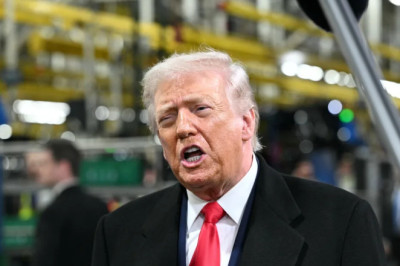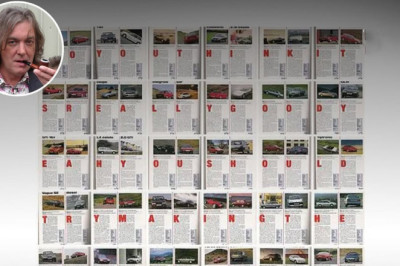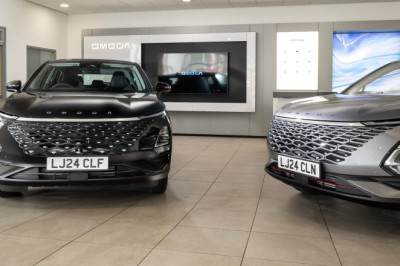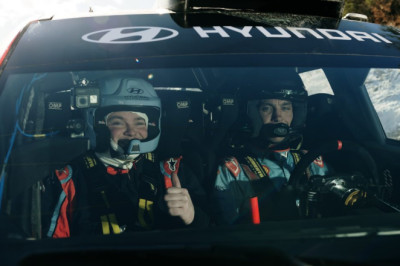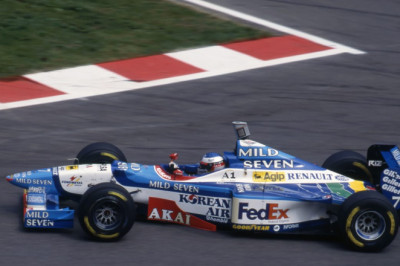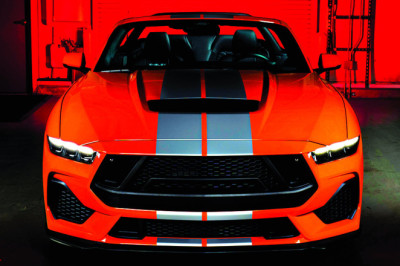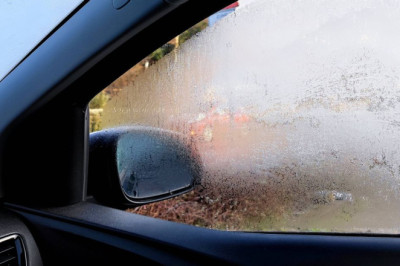
Featured Auction - 1957 BMW 507 3.2-LITRE SERIES I ROADSTER WITH HARDTOP
Estimate (€): 1,800,000 - 2,200,000.
•One of only 34 series I out of the 257 BMW 507's produced
•Automotive design icon
•Delivered new in Germany
•Five owners from new
•Matching-numbers example
•Engine rebuilt by BMW Classic in 2018
•Eligible for numerous prestigious events including the Mille Miglia and Tour Auto
Very few, if any, enthusiasts are aware that Count Albrecht Graf von Goertz, designer of the BMW 507, actually owned one himself having purchased this example circa 1971.
During the 1950s, car designers on both sides of the Atlantic produced some of the all-time greats of automotive styling, none of them more classically beautiful than the sublime BMW 507. Indeed, a measure of the 507's iconic significance may be discerned from BMW's 're-introduction' of the model, after a gap of 40 years, in the form of the Z8 roadster. In an age when it has become de rigeur for heritage-conscious motor manufacturers to incorporate styling cues from landmark models into their latest offerings, few have ventured as far as BMW in paying homage to a recognised classic.
Transatlantic in inspiration - aimed at the United States market, styled by a New York-domiciled German ex-patriot and built in Germany - the 507 reflected North American taste yet was unmistakably European in origin. The 507 saga began in 1954, when Austrian-born entrepreneur Max Hoffman, at that time the US importer of various European makes, convinced BMW that if they built a sports car to rival Mercedes-Benz's successful 300 SL, he could sell sufficient in the 'States to make the project viable. Hoffman knew just the man to style the car too: German émigré Count Albrecht Graf von Goertz, an independent industrial designer who since his arrival in the USA in 1936 had worked for the legendary Raymond Loewy on the latter's trend-setting Studebakers. Designer of everything from fountain pens to furniture, Goertz had never before styled an entire car, and post-507 would not work for BMW again until the 1980s.
The fundamental elements of BMW's proposed new sports car already existed in the 502 saloon, most notably its 3.2-litre, all-aluminium V8 engine, which was installed in a shortened chassis for the 507. Mechanical design was handled by BMW stalwarts Fritz Fiedler and Alex von Falkenhausen, with Goertz shuttling back and forth between the USA and Germany to oversee production of the full-size clay model. The robust nature of the 502-based chassis necessitated the use of aluminium for the 507's bodywork in the interest of weight saving, the finished car tipping the scales at around 1,280kg. With 150bhp on tap, performance was adequate if not stunning, production cars being capable of around 200km/h (125mph), with 100km/h (62mph) coming up in 11 seconds. For relaxed cruising though, the 507 had few peers, its state-of-the-art V8 engine delivering ample torque over a wide rev range.
Although the prototype displayed at the 1955 Frankfurt Auto Show met with critical acclaim, the 507's reception at its New York debut two months earlier had been disappointing. BMW had missed Hoffman's $5,000 price target by a wide margin, the 507's initial US selling price being set at $9,000, more than double the cost of a Ford Thunderbird or Chevrolet Corvette. In the UK, one could buy two Jaguar XK150s for the price of a single 507. Even Mercedes-Benz's 300 SL Gullwing Coupé was cheaper, though the Stuttgart firm was sufficiently impressed (worried?) by the 507 to introduce a direct competitor in the form of the 300 SL Roadster.
Production proper of the 507 did not begin until 1956, the first series being built until around July 1957 when the design was revised in detail as the Series II. Improvements were mainly concentrated on the interior, which gained a deeper dashboard, a greater range of fore-and-aft seat adjustment, and a rear parcel shelf. There was, almost inevitably, an increase in price that only served to place the 507 even further beyond the reach of ordinary mortals. For those who could afford style at any price however, BMW's svelte roadster was the car to be seen in; pop idol Elvis Presley, motorcycling and Formula 1 World Champion John Surtees, film stars Alain Delon and Ursula Andress, skiing champion Toni Sailer, Prince Rainer of Monaco and the Aga Khan all being owners at one time or another. Nevertheless, such a limited clientele, however exclusive, could not sustain the 507 in production, which ceased in December 1959 after only 252 cars had been sold of which only 34 Series I.
Glamorous and ultra-rare, this beautiful matching-numbers example was manufactured on 3rd July 1957 – making it one of the last Series Is built - and delivered seven days later to BMW dealer Automag Buchner & Linse in Munich, Germany as confirmed by the email message from BMW Group Archive on file. The car was delivered finished in Papyros (creamy white) with red leather interior. A resident of Frankfurt, Germany, first owner Mr Herbert Dinkheller did not keep the BMW for very long, selling it to the second owner in April 1958.
Third owner Hermann Beilharz of Mötzingen bought '70044' in 1963 and would keep the car for longer than any other owner, maintaining and driving it regularly. Archive photographs dating from his ownership are in the history file, including some of Mr Beilharz at his wedding. Albrecht Graf von Goertz applied his signature to the ashtray lid on 25th June 1999.
The BMW passed to its fourth owner in 2014 and was purchased by the current (fifth) owner in 2017. In March 2018 the vendor had the engine fully rebuilt by BMW Classic, while other works carried out at this time include overhauling the gearbox, front and rear axles, brakes and suspension; replacing all fuel and brake lines; cleaning the fuel tank; replacing the radiator; and installing a new exhaust system (see accompanying invoice for €103,530). The BMW then completed the Tour Auto without any problems (competitor number '129'). Straight after the Tour Auto, the car went back to BMW Classic (in May 2018) for a full inspection and service at a cost of €30,903.51 (invoice on file).
Early in its life the car was repainted in its current blue/green livery, which suits it and fits very well with the black hardtop, while the interior is still original and is delightfully patinated. The engine is effectively 'as new' and the car drives very well. Coachwork is straight with a very nice patina, affording the fortunate next owner the options of either restoring the bodywork or using the car 'as is'. Whatever their decision, it is ready to go.
Offered with French Carte Grise, '70044' represents a rare opportunity to own one of these exclusive BMW sports cars – rarer than a Mercedes-Benz 300 SL – with classic German styling and reflecting the impressive sporting pedigree of the Bavarian marque.







